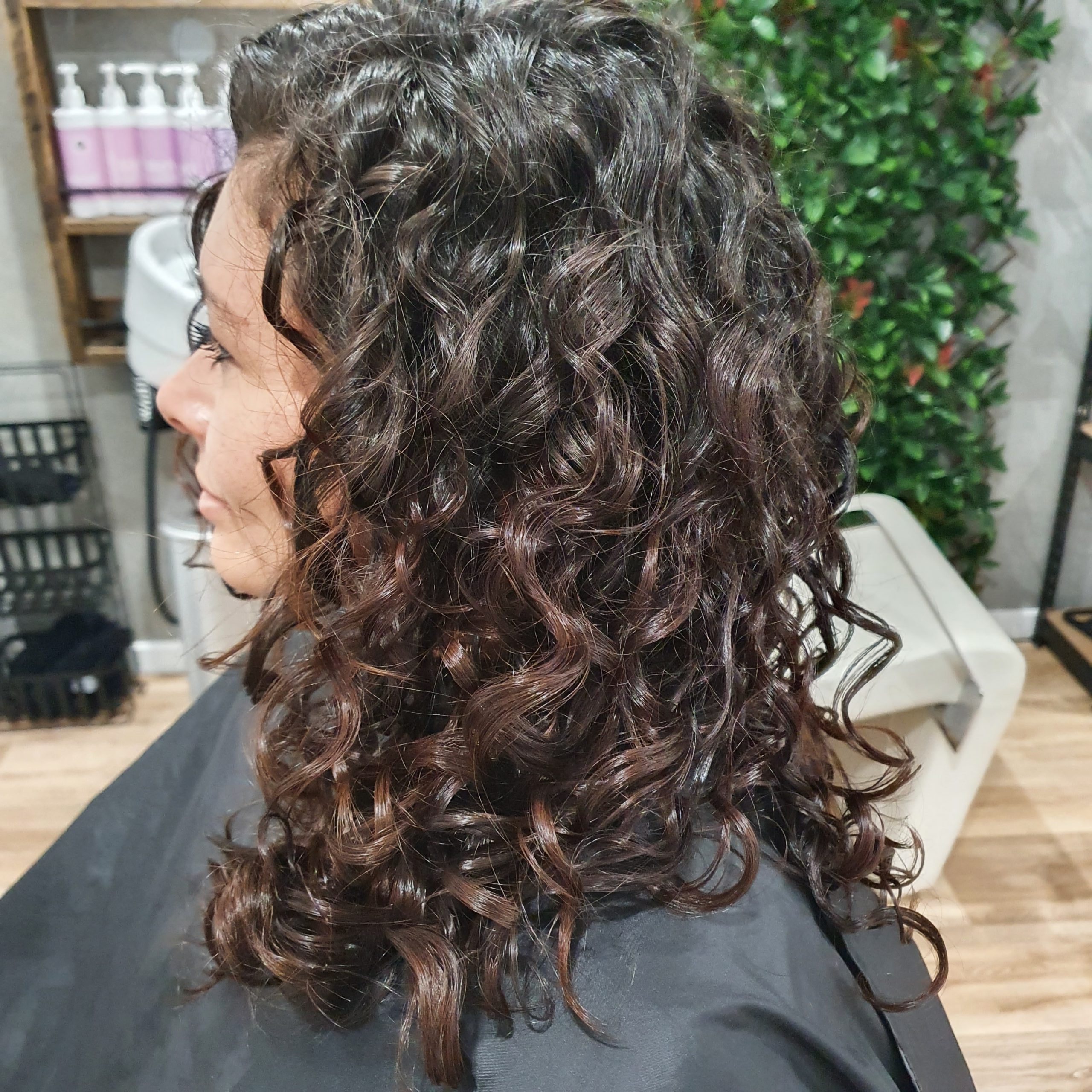
Low porosity hair will float at the top of the glass of water for quite some time before sinking to the bottom. Then, place a clean strand of your hair at the top of the water in the glass. To test for hair porosity, simply get a glass of water. How do you know if you have low hair porosity? There are multiple ways to test for hair porosity. Thankfully, many natural hair mavens, who completed the journey ahead of us, have identified a few tried and true approaches for testing your hair porosity. Occasionally, you have to take a few steps to test the porosity of your hair. You cannot always tell by just looking at hair whether it is high or low porosity. If you find yourself frequently going to battle with natural hair looks and feels dry, you may have low porosity hair. As a result, they are left tussling with hair that feels dry and moisture-deprived, despite their consistent usage of a “good” conditioner, avoidance of heat, and adherence with several other commandments from the natural hair community. Surprisingly, many naturalistas do not know they have low porosity hair. However, understanding the role low porosity hair may play in controlling the quality of your hair’s moisture levels can make a world of difference in having healthy hair. It “strengthens and repairs cuticle scales from the inside out with gamma-Linolenic acid (GLA), which helps hair retain moisture and softness,” Smith adds.Choosing the best products for a low porosity hair care regimen is not easy. The O&M Power Base also helps to rebuild chemically damaged hair with plant proteins. Dry, starved hair is typically more prone to breakage,” Smith notes. “Elasticity is what gives your hair stretch and strength, so it will break less. Alternatively, Smith recommends Philip Kingsley’s Elasticizer Extreme Pre-Treatment Mask due to its lightweight, protein-filled formula, which helps to build up the hair’s elasticity. Meanwhile, the Phillip Kingsley Stimulating Scalp Mask adds a layer of protection to the scalp while increasing blood circulation for healthy hair follicles.

“High-porosity hair means that the cuticle has large gaps allowing moisture to enter seamlessly, however, the hair is unable to retain the moisture that is able to penetrate the hair fiber.” Because of this, Hill often uses a three-step method in order to ensure moisture gets into the hair and stays there: she calls it the fill, seal, and lock.

“High-porosity hair can be genetic or as a result of hair fiber processing or damage due to chemical processing or heat styling,” Hill explains. It absorbs product well yet experiences dryness,” says Bridgette Hill, a trichologist and colorist with Paul Labrecque Salon & Spa. If you have this hair type, versus a low-porosity hair type, you might feel like your strands are never getting enough moisture no matter how much leave-in and deep conditioning you do.

Not only can it take in a lot of nutrients, but it’s also hyper-sensitive to other, less helpful surrounding elements that can lead the hair to become damaged and brittle more easily. In other words, this type of hair drinks up hydration just as easily as it can lose it.

High-porosity hair is a hair type comprised of large pores.


 0 kommentar(er)
0 kommentar(er)
